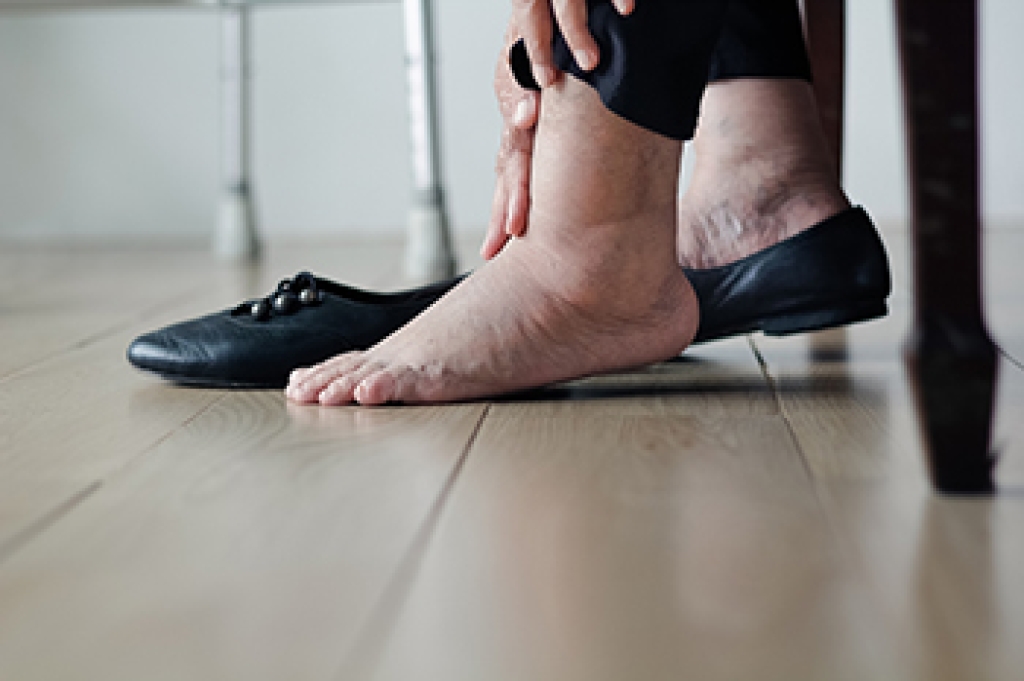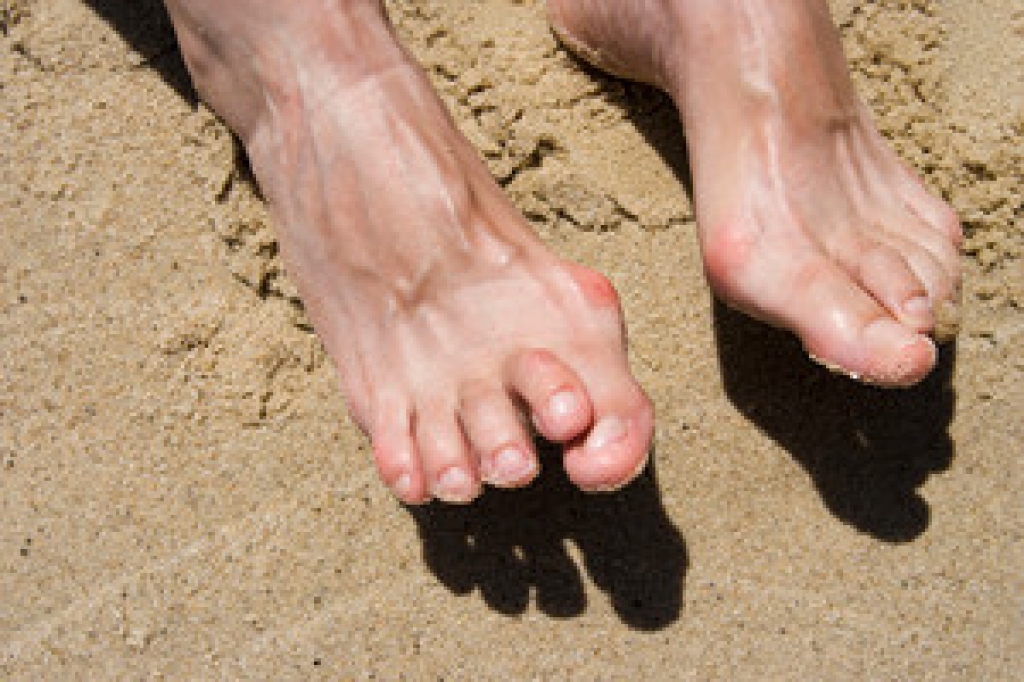
Walking and running shoes are designed differently because the feet move in different ways during each activity. Walking places the heel on the ground first before the toes roll forward, so walking shoes usually have flexible soles that bend near the ball of the foot and an angled heel to soften each step. Running sends greater force through the feet, and many runners land on the midfoot or forefoot, so running shoes are built with thicker, lighter soles to absorb shock and reduce fatigue over distance. Shoes with inadequate support can lead to pain in the heels, arches, or ankles, including irritation of the plantar fascia or the Achilles tendon. Choosing the proper shoe for your activity can help limit stress on the feet. A podiatrist can assess gait and offer treatment options to address the problem. If you experience foot problems after walking or running, it is suggested that you make an appointment with a podiatrist for a diagnosis and treatment.
For more information about walking shoes versus running shoes, consult with one of our podiatrists from Footcare Now. Our doctors can measure your feet to determine what your needs are and help you find an appropriate pair of footwear.
Foot Health: The Differences between Walking & Running Shoes
There are great ways to stay in shape: running and walking are two great exercises to a healthy lifestyle. It is important to know that running shoes and walking shoes are not interchangeable. There is a key difference on how the feet hit the ground when someone is running or walking. This is why one should be aware that a shoe is designed differently for each activity.
You may be asking yourself what the real differences are between walking and running shoes and the answers may shock you.
Differences
Walking doesn’t involve as much stress or impact on the feet as running does. However, this doesn’t mean that you should be any less prepared. When you’re walking, you land on your heels and have your foot roll forward. This rolling motion requires additional support to the feet.
Flexibility – Walking shoes are designed to have soft, flexible soles. This allows the walker to push off easily with each step.
If you have any questions, please feel free to contact our offices located in Elmhurst Jackson Heights, Astoria, Rego Park, and Forest Hills, NY . We offer the newest diagnostic and treatment technologies for all your foot care needs.




